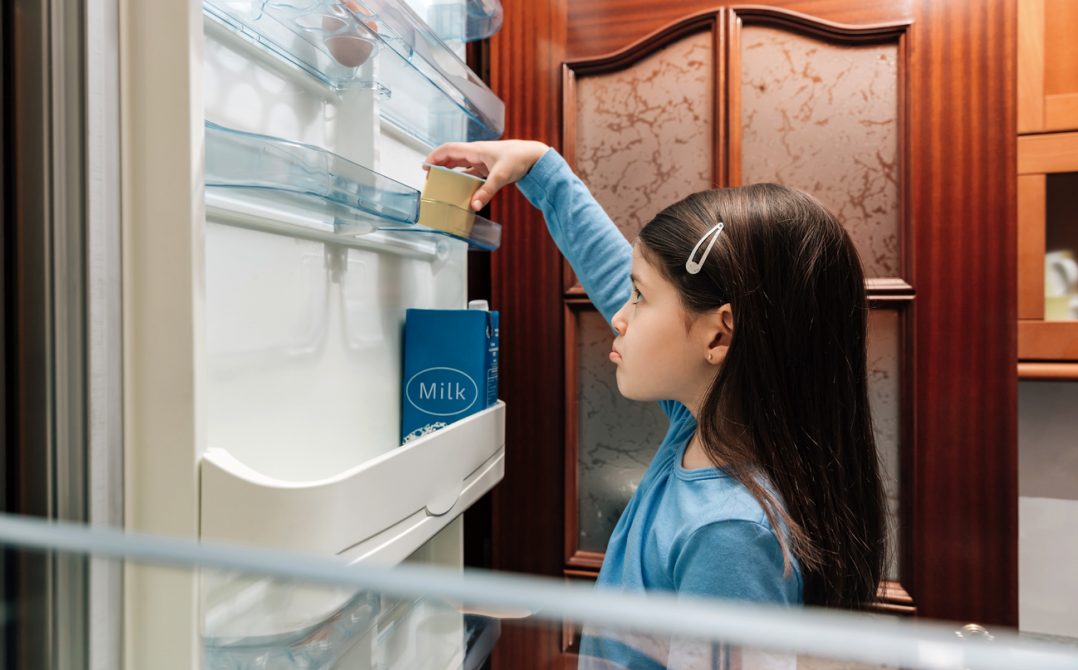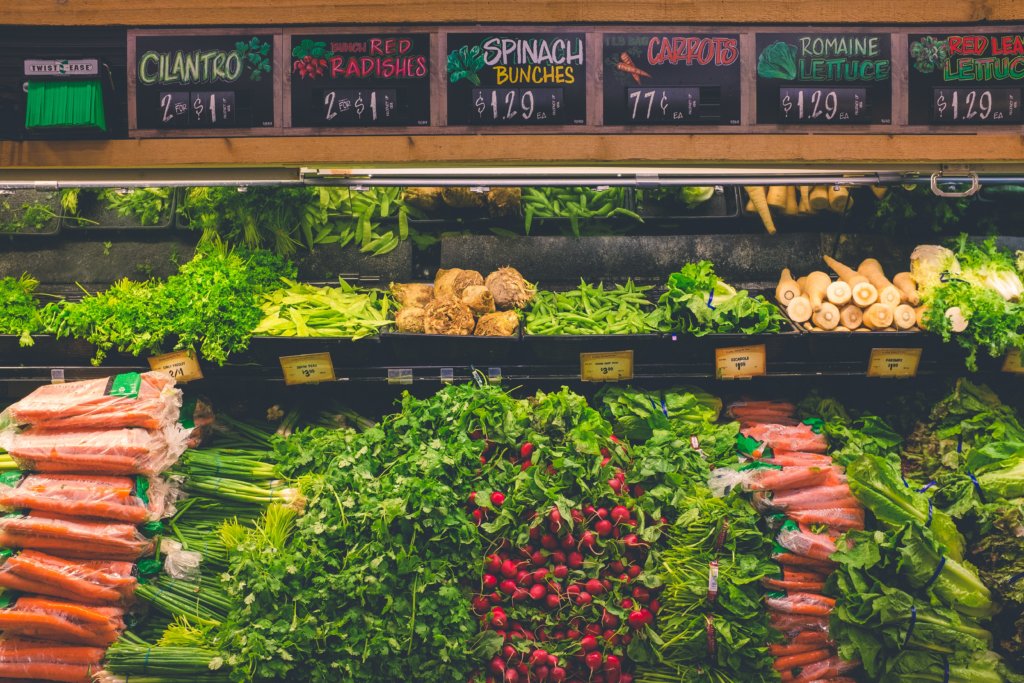The Coronavirus Complicates Nutrition for Children: These Resources and Policies Can Help

By Stephanie Presch, Content Specialist, UnidosUS
This spring, as the novel coronavirus debilitated communities acrossthe United States, schools closed their doors to prevent its spread and began offering online programming. But how to keep kids on the right academic track goes well beyond virtual classrooms and homework. According to 2017 data from the National Center for Education Statistics, an estimated 52.3% of U.S. school children were using some form of free or reduced lunch at their schools, which means these closures could make them go hungry. Of those one-third or 4.7 million of them are Latino, and many of them are also English learners.
Hunger contributes to a wide array of economic, political, and linguistic barriers both student populations face in reaching their full academic potential. According to 2016-2017 data from the National Center for Education Statistics, the national average for high school graduation was 85%, but it was 80% among Latinos. In a study for a year earlier, US Department of Education data showed EL’s graduating at a rate of 67% compared to a national average of 84%.
And this issue continues all the way through college. For example, in 2018, Inside Higher Ed found that 47% of Latino students and 54% of Black students reported going hungry versus 37% of White students. At the time, policymakers and school administrators stepped in to help feed them by providing campus food pantries and encouraging those eligible to enroll in SNAP. But with colleges closed around the country, the students who benefitted from these programs may have gone home to empty cupboards.
The coronavirus is not the only cause of these shortages. Last year, the Trump administration’s public charge rule created fear and confusion for immigrant families. While public charge is not a new idea, the Trump administration’s desire to penalize eligible immigrants for using non-cash assistance programs prompted people to disenroll from programs that helped them put food on the table for their families or helped them access health care for their children. Medicaid saw a 2% drop in enrollment, which is a drop of 800,000 eligible people. Similarly, SNAP saw a drop of 10% eligible people.
Coronavirus Relief Legislation
This spring’s CARES Act was enacted as an attempt to address some of these concerns during pandemic. For example, it includes $8.8 billion in funding for states to provide meals while schools are closed so that children who participate in school lunch programs will not go hungry. It improves access to quality, affordable private coverage related to COVID-19 and provides critical funding for community health centers that serve our community across the country. Additionally, the CARES Act includes funding to cover SNAP benefits and to support states that provide increased emergency SNAP benefits. As of 2016, there were 10 million Latinos enrolled in SNAP across the nation. That number is projected to increase as a result of the pandemic.
Still, UnidosUS believes there is plenty more to be done during this crisis and beyond. Its health and education teams are looking at how to address those gaps in future stimulus packages, while simultaneously compiling nutrition resources to help communities compensate.
On the policy side, UnidosUS is pushing for expanded access to Medicaid and SNAP, increased SNAP benefits, and targeted investment in Spanish-language and culturally relevant information on these programs.
“The pandemic has reinforced the importance of health coverage and nutrition programs, especially for Latino children who are more likely to be uninsured and food insecure. That is why Congress must work to remove eligibility restrictions for programs like Medicaid and SNAP in future relief legislation so that all children and families, including Latinos and immigrants, who need access to coronavirus testing and care or access to nutritious food can receive it.”

Resources
Here are a few resources available to our community during this new normal.
A guide from the CDC on the best ways to speak to children about the novel coronavirus.
Tips from the CDC on how to manage the stress of adjusting to life during the COVID-19 pandemic.
Updates on access to food for families during the coronavirus crisis.
Answers to frequently asked questions on options families have to make sure that their children have enough to eat during this time.
- Pandemic EBT
- A fact sheet on Pandemic Electronic Benefit Transfer (P-EBT), which was established through the Families First Coronavirus Act as a way to support families that had lost access to free or reduced-price school lunch for their children.
- UnidosUS CARES Our video series on Congress’s coronavirus relief package and how it impacts our community.




